|
Keeping it simple. I had a quick assignment for a Silver Crescent Scroll for Lucien de Wyntere, my former cadet. There was a delay so it was to be that I would take it, or it would end up being a backlog. I chose to do it with a week an a half turnaround. Thus only the final picture.
Artifacts of Life is the first art event that I have actually entered and competed. I showed off a piece of art many, many years ago at GNE and wasn't real keen on doing art competitions. Two years ago, I entered my first try at the paintbrushes at a small Carolingian event (just display) and then at Artifacts of Life, the first one. I was scared, hearing about the type of people who judge arts and feeling out of my element. Baron Jean du Lac, bless his joyous heart, welcomed me in, helped me get situated and made sure that this wasn't going to scare me away. I have complete faith in His Excellency. I wasn't competing, just showing the first time. And it was enjoyable and I liked the concept of delving into a person and what they would have left. What's more, I was able to speak to people about what I was doing and also try to push myself as to what I should do next. As many of you know who have been reading along, I have written about the paintbrushes for nigh on two years in this blog, and this year it was a chance to present the research on this journey. I wanted to push myself even more and work on the idea of making a person who would have used these things, so I happened onto the idea of a female artist of the 16th century who was a member of an art guild and what she would have had. Artifacts of Life II was scheduled for September 26 and I actually entered the competition. But first, let's advertise Artifacts of Life with some photos. :-) Lorenzo Gorla with his living history presentation of a 16th century Italian master of fence. My presentation of a 1590s Italian female artist, with paintbrushes, quills, apprentice contract. Elena Hilton's Italian renaissance dress. Ysabella de Draguignan's ceramics. It is 15th century Hispano-ware from Valencia Spain. Lissa Underhill and her beautiful beads and research. Alesone's won second place in the Elite category with her presentation of a 16th century Grocer's apprentice. ThoughtsMy presentation still could use some work. First entry: I entered my latest paintbrushes, but brought all the ones from the beginning to discuss the development. Second entry: I also entered an apprentice contract which had several elements in it, but I did it start to finish in a period method using period tools. I researched the wording and used a piece of vellum (bought at Guild Mirandola this summer), with holes pricked in it so that it would be added to a book. I wrote the words on the vellum using a quill (which I made and that was the third entry) and oak gall ink (bought at Guild Mirandola also). I've made oak gall ink a couple of years ago and wasn't prepared to do that again for this one off project. Third entry : I entered several quills that I made. I brought the oak gall with me so that people could try them out. Fourth - ish entry: I mixed up some period pigments to allow people to use the paintbrushes. But seriously, I ground up the pigment, mixed it with water, then gum arabic as a binder. I also found out that while crushing bugs is really cool to talk about, the scarlet that you get on Wednesday when you crush the bugs does not LAST. It was a murky brown by Saturday. Very sad and lesson learned. The ultramarine though was beautiful. Close up of the Artist apprentice contract Research Draft of replica apprentice agreement April the ninth, in the year of the Lord 1598. I, Alessandro Fortuna, in good faith and without guile, apprentices my daughter, Natalia with you, Sofonisba Anguissola, artist, on the security of ten scudii, so that you may teach and instruct her, learning the craft of painting, from the feast of Easter next for four continuous years. By this agreement that my daughter will be faithful to you in all things, being faithful and trustworthy in all things, that she shall not rob you, or take anything away from you and not to flee or depart from you for any reason, until she has completed her apprenticeship. I promise you by this agreement that I will reimburse you for all damages or losses that you incur or sustain on my behalf, pleading all my goods, etc., renouncing the benefit of laws. To this, I, Sofonisba Aguissola, receive the said Natalia, as a pupil and promise you to teach you well and faithfully the craft of painting, pledging with all my goods, etc., and renouncing the benefit of all laws. Done this day, witnessed and notarized at the Accademia Di San Luca. Apprentice agreements "Medieval Sourcebook: Apprenticeship Agreements: To a Money-Changer, 1248." Internet History Sourcebooks Project. N.p., n.d. Web. 27 Aug. 2015. (http://legacy.fordham.edu/halsall/source/1248apprentice-ag2.asp) "Medieval Sourcebook: Apprenticeship Agreements: To a Barber, 1248." Internet History Sourcebooks Project. N.p., n.d. Web. 27 Aug. 2015. (http://legacy.fordham.edu/halsall/source/1248apprentice-barber.asp) "Medieval Sourcebook: Two Apprenticeship Agreements for Weavers, C. 1250 [Arras and Marseilles]." Internet History Sourcebooks Project. N.p., n.d. Web. 27 Aug. 2015. (http://legacy.fordham.edu/halsall/source/1250weaversapp.asp) Other legal agreements, exemplars of written and archival copy "The History of the Accademia Di San Luca, C. 1590–1635: Documents from the Archivio Di Stato Di Roma." The History of the Accademia Di San Luca, C. 1590–1635: Documents from the Archivio Di Stato Di Roma. N.p., n.d. Web. 05 Sept. 2015. http://www.nga.gov/casva/accademia/intro.shtm Lavinia Fontana and Sofonisba Anguissola both were members of the Accademia Di San Luca. "ASR, TNC, Uff. 11, 1593, Pt. I, Vol. 25, Fols. 425r–v–r, 426r–v, 427r–v." ASR, TNC, Uff. 11, 1593, Pt. I, Vol. 25, Fols. 425r–v–r, 426r–v, 427r–v. N.p., n.d. Web. 23 Sept. 2015. http://www.nga.gov/casva/accademia/html/eng/ASRTNCUff1115930307.shtm "ASR, TNC, Uff. 11, 1600, Vol. 45, Fols. 164r–v." ASR, TNC, Uff. 11, 1600, Vol. 45, Fols. 164r–v. N.p., n.d. Web. 23 Sept. 2015 http://www.nga.gov/casva/accademia/html/eng/ASRTNCUff1116000117.shtm Bibliography for Artifacts of Life Quills Broecke, Lara. "Chapter 14 - The Way to Know How to Cut a Quill for Drawing." Cennino Cennini's Il Libro Dell'arte: A New English Language Translation and Commentary with Italian Transcritpion. London: Archetype Publ., 2015. Page 34. Print. Cennini, Cennino, and Daniel V. Thompson. The Craftsman's Handbook. “How to Learn to Cut the Quill for Drawing”, New York: Dover Publications, Page 8, 1960, Print. Tamaris painting the goddess Diana, from a manuscript of De Cleres et Nobles Femmes, France, early 15th century, Manuscript. Paintbrushes Sofonisba Anguissola, Self-Portrait, 1556, Lancut Museum, Poland, Painting. Boccaccio’s De Mulieribus Claris, France, early 15th century, Manuscript. Broecke, Lara. "Chapter 63 - How brushes should always be made" Cennino Cennini's Il Libro Dell'arte: A New English Language Translation and Commentary with Italian Transcription. London: Archetype Publ., 2015. Page 94-97. Print. Cennini, Cennino, and Daniel V. Thompson. The Craftsman's Handbook., “The Importance of Knowing How to Make Brushes”, New York: Dover Publications, 1960. Pages 40-41. Print. Artemisia Gentileschi, Self-Portrait as the Allegory of Painting, 1638–39, Painting. Caterina van Hemessen, "Self Portrait," 1548, Painting. Tamaris, from a manuscript of De Cleres et Nobles Femmes, France, 1403, Manuscript. Paints Broecke, Lara. "Chapter 35 - Second part of the book: bringing you towards the mulling of pigments” Cennino Cennini's Il Libro Dell'arte: A New English Language Translation and Commentary with Italian Transcription. London: Archetype Publ., 2015. Page 56-93. Print. Cennini, Cennino, and Daniel V. Thompson. The Craftsman's Handbook., “The Second Section of this Book Bringing You to The Working Up Of the Colors.”, New York: Dover Publications, Pages 20-30,1960. Research regarding artists in late 16th century, Italy "Medieval Sourcebook: Giorgio Vasari (1511-1574): Lives of the Artists, Selections." Medieval Sourcebook: Giorgio Vasari (1511-1574): Lives of the Artists, Selections. N.p., n.d. http://legacy.fordham.edu/Halsall/basis/vasari/vasari-lives.html Apprentice agreements "Medieval Sourcebook: Apprenticeship Agreements: To a Money-Changer, 1248." Internet History Sourcebooks Project. N.p., n.d. Web. (http://legacy.fordham.edu/halsall/source/1248apprentice-ag2.asp) "Medieval Sourcebook: Apprenticeship Agreements: To a Barber, 1248." Internet History Sourcebooks Project. N.p., n.d. Web. 27 (http://legacy.fordham.edu/halsall/source/1248apprentice-barber.asp) "Medieval Sourcebook: Two Apprenticeship Agreements for Weavers, C. 1250 [Arras and Marseilles]." Internet History Sourcebooks Project. N.p., n.d. Web. (http://legacy.fordham.edu/halsall/source/1250weaversapp.asp) Medieval guilds in Italy "The History of the Accademia Di San Luca, C. 1590–1635: Documents from the Archivio Di Stato Di Roma." The History of the Accademia Di San Luca, C. 1590–1635: Documents from the Archivio Di Stato Di Roma. N.p., n.d. Web. http://www.nga.gov/casva/accademia/intro.shtm "Documents from the Archivio di Stato Di Roma” ASR, TNC, Uff. 11, 1593, Pt. I, Vol. 25, Fols. 425r–v–r, 426r–v, 427r–v." ASR, TNC, Uff. 11, 1593, Pt. I, Vol. 25, Fols. 425r–v–r, 426r–v, 427r–v. N.p., n.d. Web. http://www.nga.gov/casva/accademia/html/eng/ASRTNCUff1115930307.shtm "Giorgio Vasari's Description of the Medici." Italian Renaissance Learning Resources. N.p., n.d. Web. http://italianrenaissanceresources.com/units/unit-3/sub-page-03/giorgio-vasaris-description-of-the-medici-academy/ Women artists Vasari. "Excerpts from Giorgio Vasari's." Italian Renaissance Learning Resources. N.p., n.d. Web. http://italianrenaissanceresources.com/units/unit-3/sub-page-03/excerpts-from-giorgio-vasaris-life-of-madonna-properzia-de-rossi-sculptor-of-bologna/ "Excerpts from Vasari's Description of Sofonisba Anguissola." Italian Renaissance Learning Resources. N.p., n.d. Web. http://italianrenaissanceresources.com/units/unit-3/sub-page-03/excerpts-from-vasaris-description-of-sofonisba-anguissola/ General Notes Arte dei Medici e Speziale - it was for Physicians and Apothocaries, but in fourteenth century included painters (Giotto and Mascaccio were well known members) Compagnia di San Luca -Company of Saint Luke, an association that originated and continued to function as a religious confraternity. Although it was initially founded for painters, its membership was not restricted; early rosters also list tailors, cheese makers, gold beaters, and a few women—people who perhaps had a particular devotion to the saint. The Accademia di San Luca, (the "Academy of Saint Luke") was founded in 1577 as an association of artists in Rome (under the directorship of Federick Zuccari from 1593), famous women in the academy were Sofonisba Anguissola and Lavinia Fontana. Cochineal - from Spain/New world, also known as Carmine lake. Dye and paint. Ultramarine - from lapis lazuli from mines in Afghanistan. ReflectionI learned quite a bit. My research is coming along. I think I need to come up with a way to make the presentation look more like an artist's garret. I included the tri-fold poster to give information, and received feedback that yes it was helpful and another that said no, it detracted. I think I am becoming far more aware of my information and that is good, but there are some small holes that I can clean up, and of course more research to be done. I thought that the judging was pleasant but somewhat frustrating as the research that I had printed and brought was not really reviewed. I, myself, need to make sure that I have time between when I do the presentation and actually read the judge's comments. I read them right away and it seemed like my presentation wasn't understood, but giving it a week, I was able to decipher some positive ideas that I think will be helpful.
All in all, I might do this again. ;-) There be Sharks Set up I find it, easiest for myself, if I post the assignment in its parts in front of my work station on the mirror - the inspiration, my practice sheets, any information that is necessary for the project. The inspirations are to the left and right slightly off of camera, but will be included below. The sheet on the bottom left is my color testing sheet and paint sheet, and as you can see, it is usually a recycled piece from some other project that did not make the cut. I am very Yankee in that I don't believe in any waste and from my research of artists of the time period that I am interested in, the artists did the same thing. So I reuse my paper as much as possible as test sheets. Reflected in the mirror is the practice sheets for calligraphy. As you might be able to see the set of instructions in the middle are far more detailed than I am usually dealing with in a scroll assignment. The size of the illumination was very specific, the paper needed to be 11" x 8.5" and the illumination would be 10" x 7.5". There were also restrictions on metallic leaf and inks (they don't photograph or scan well, and certain pigments don't reproduce well with four color printing. Ultramarine, one of my standbys for my blues would present a challenge. Also certain yellows and oranges were difficult and would scan brown. That meant that I needed to do more test sheets with a different palette than I might have normally chosen. Below is one example of the many test sheets that I used for this project. I am experimenting with the colors that I wish to use on the project on the same type of paper that I wish to use. I want to see how the shading will look, get the right colors and if any adjustments have to be made, I need to do it before the final piece. Research I did quite a bit of research for this subject to come up with a historical shark that would fit the parameters of the assignment. It also was interesting finding out the different mythical and not so mythical beasts that dwelled in the sea as seen by medieval eyes. The assignment was initiated in June of 2015 and would be due September 1. I received the wording written by my good friend, Alexandre Lerot d'Avigne, current Prince of Insulae Draconis which is below: "The shark is the laziest of fish, but is fierce when roused. When hunting, it swims in a circle which it draws tight around its prey. If its victim remains still, the shark will often lose interest and swim on. It is the foe of the lava otter, for they are too much alike to live in peace. It is found throughout the world, but schools most heavily along the eastern shores." I ended up really enjoying the research and it gave me a better idea of what I wanted it to look like overall and what the medieval person was thinking of when they thought of Shark/Whale/Sea Monster. I give you the research. Many were found on www.strangescience.com under its gallery on sea monsters. taken from the vignettes on Olaus Magnus's Carta marina 1514, by Albrecht Durer 1575, Conrad Gesner, Historia Animalium Year: 520 - 510 BC, A Ketos in Early Athens: An Archaeology of Whales and Sea Monsters in the Greek World" by Papadopoulos and Ruscillo in American Journal of Archaeology and "Monk Seals in Antiquity" by Johnson and Lavigne in Mededelingen No. 35 _ 1569, The True Discripcion of this Marueilous Straunge Fishe 1575, Conrad Gesner, Historia Animalium 1575, Conrad Gesner, Historia Animalium Try as I might, I was unable to find the original manuscript for the above Shark with little hat! I found it on http://www.medievalists.net/2015/02/09/week-medieval-manuscript-images-19/ which showed several images that had been tweeted. If anyone has some clues to the original, I would be eternally grateful. British Library, Harley MS 4751, Folio 69r Palette I chose the last two for the project because I liked the colors and the Shark eating its prey and it delighted me that there was a reference for a Shark doodle, almost marginalia that I could include in the paragraph about the shark. Century: 13th, MS. Ashmole 151, folio 086v, 81, 9, housed in Bodleian Library Painting Above: Much less colorful paint palette. We had specific instructions that gold/silver and ultramarine do not photograph well, I had to avoid my usual standbys. The lovely grey of the shark gave me a different color palette to work from. I made several test layouts for this one before I settled on the above layout. Words with illuminated Capital T, with room for words by Alexandre Lerot d'Avigne and calligraphy by Eleanor Catlyng. I used Windsor Newton Payne's Grey with a 00 and a 1 brush. I made a gradation of the grey with a dark grey, light grey, lighter grey and then a pot of permanent white. Once done with the shark proper, on to the lovely green sea that is depicted in the original. Holbein green, mixed with black, white and yellow ochre gave me the right look that color matched the original. Holbein yellow ochre was the surrounding ground, as I could not use mosaic gold or leaf gold for this project. Filling up the background, touch ups. Finished Product I used lamp black for the waves of the sea, and yellow ochre (again, I could not use gold) to highlight the sea. Then I painted (not inked!) the shark face upon the Capital T complete with jaunty hat.
At this point, it was handed off to Eleanor to work her magic on the calligraphy. |
NataliiaMy avocation is artist. This is where I leave art, the process of art and my discoveries. Archives
June 2022
Categories
All
|
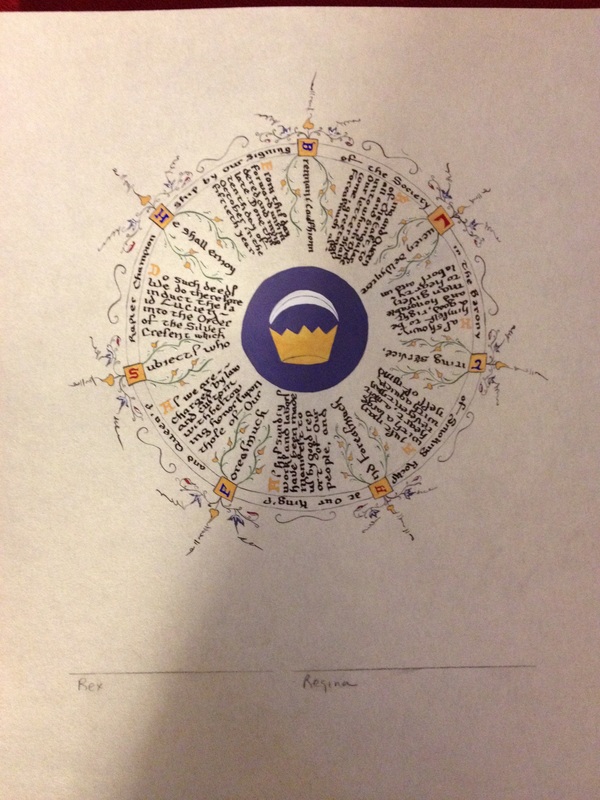


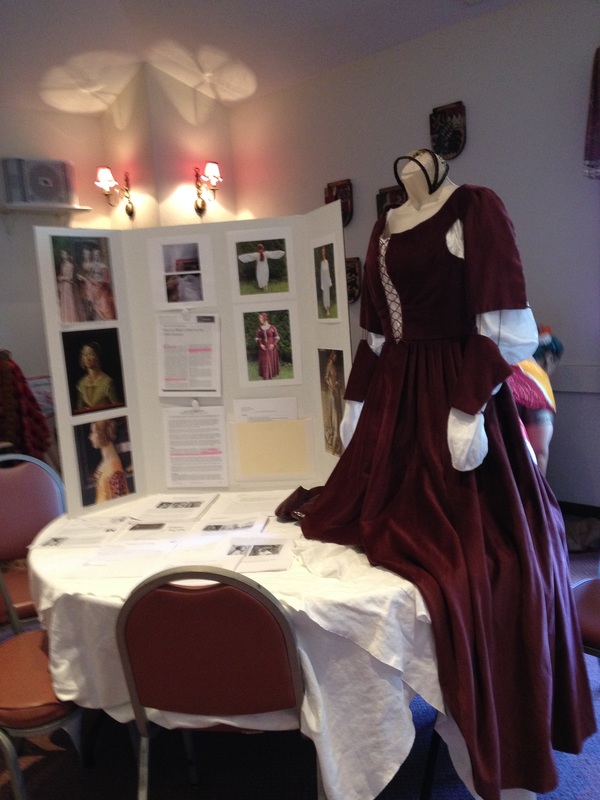

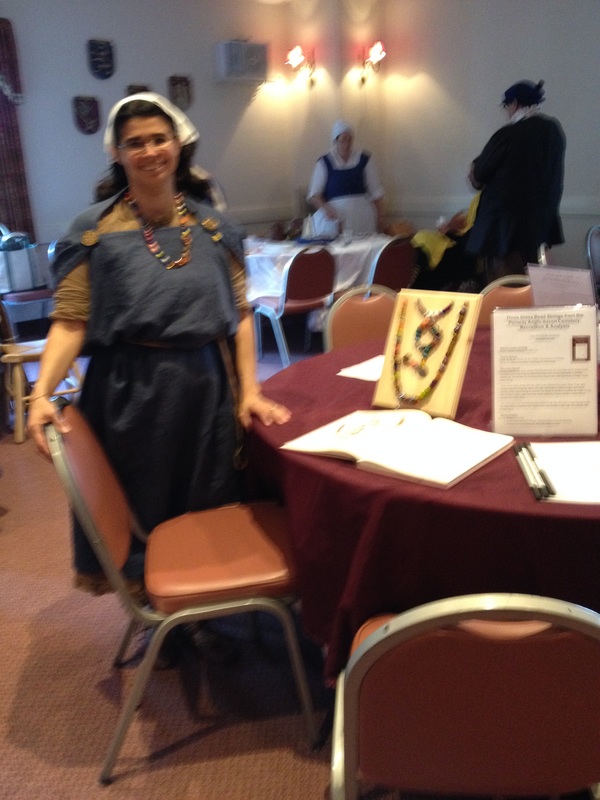

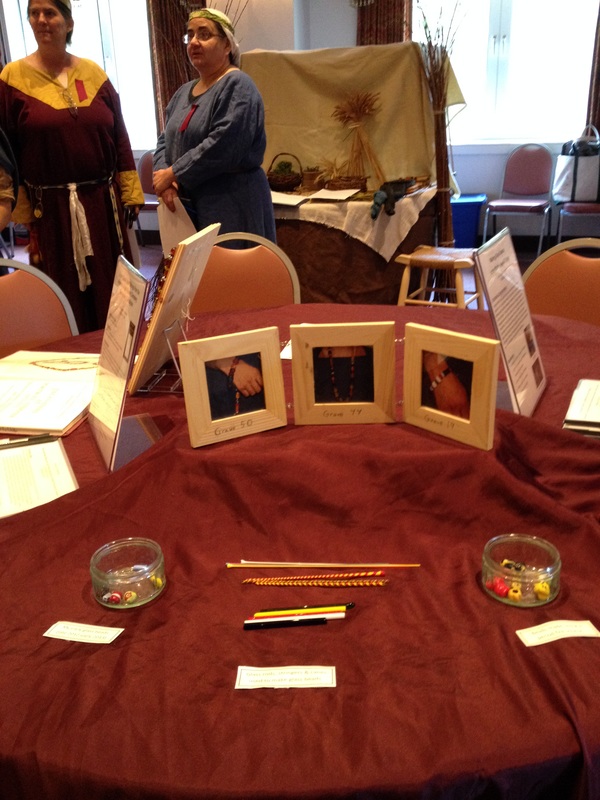
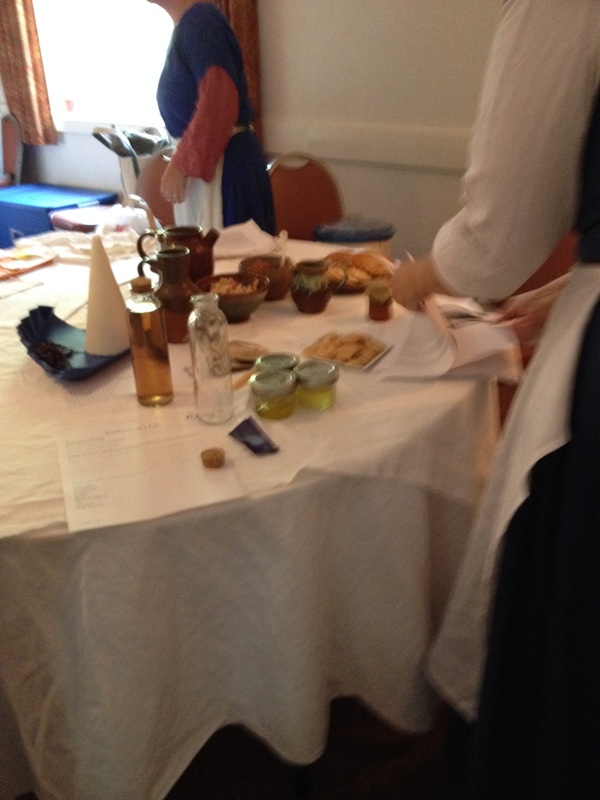

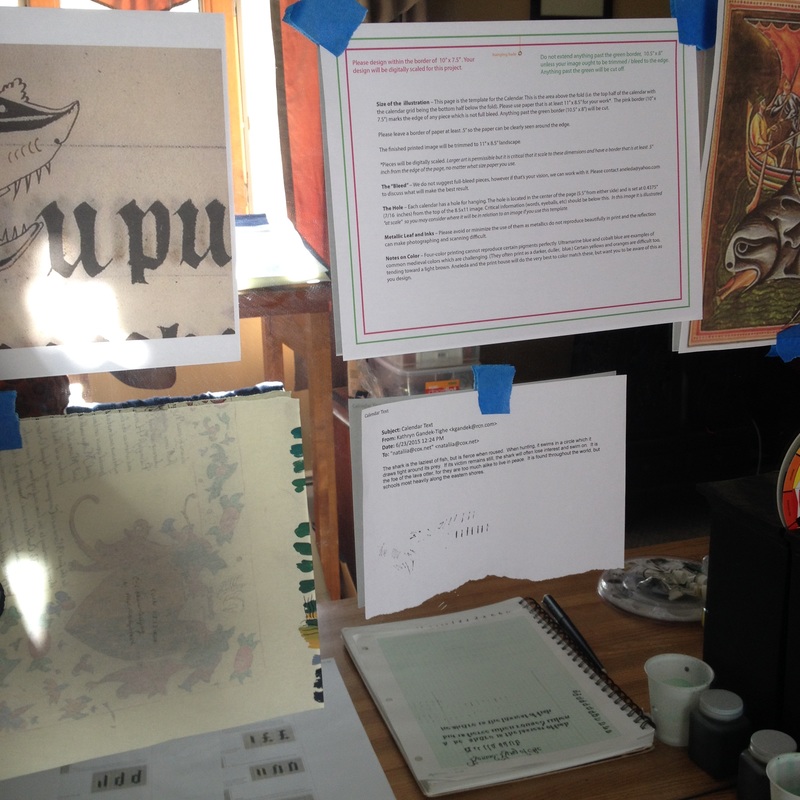
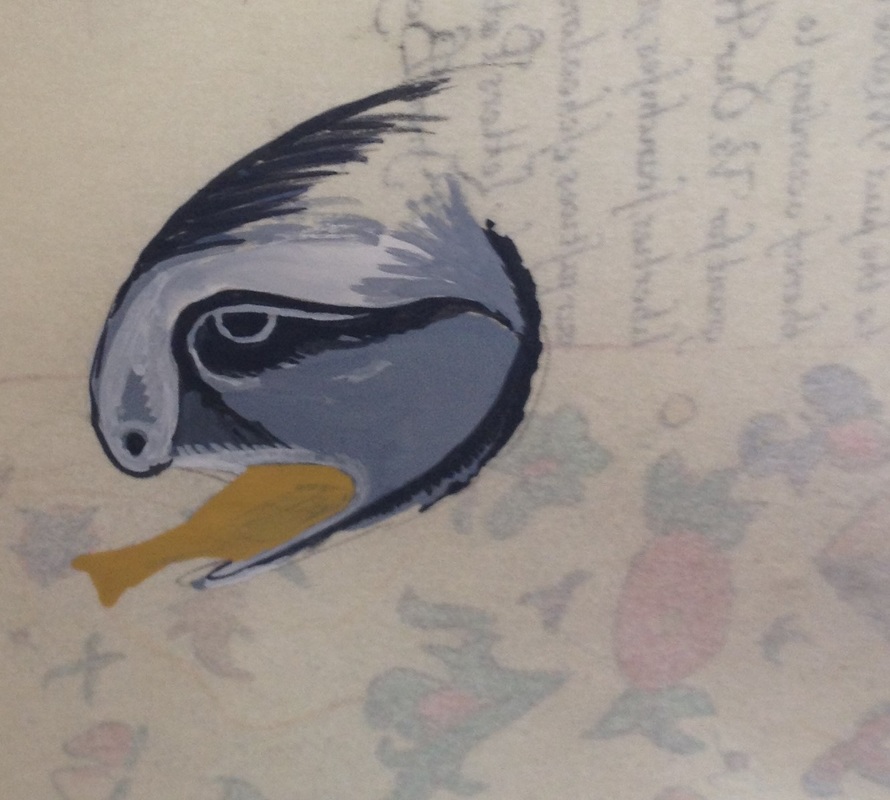
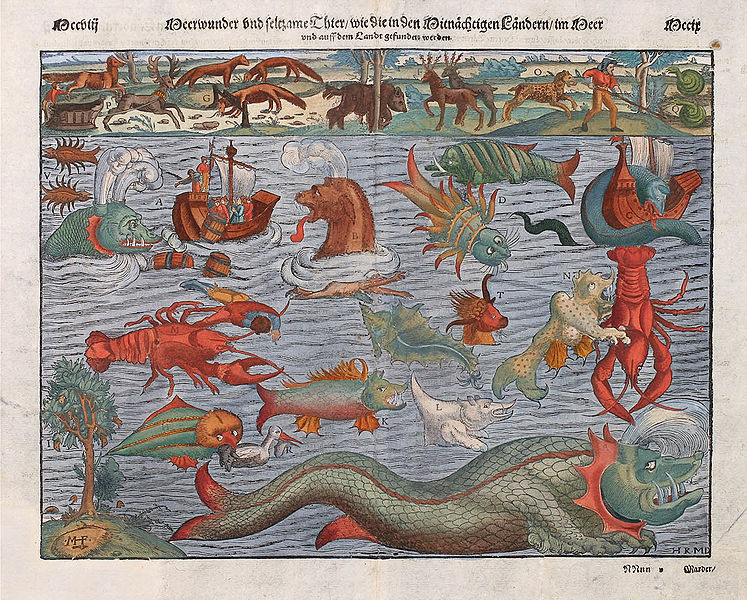

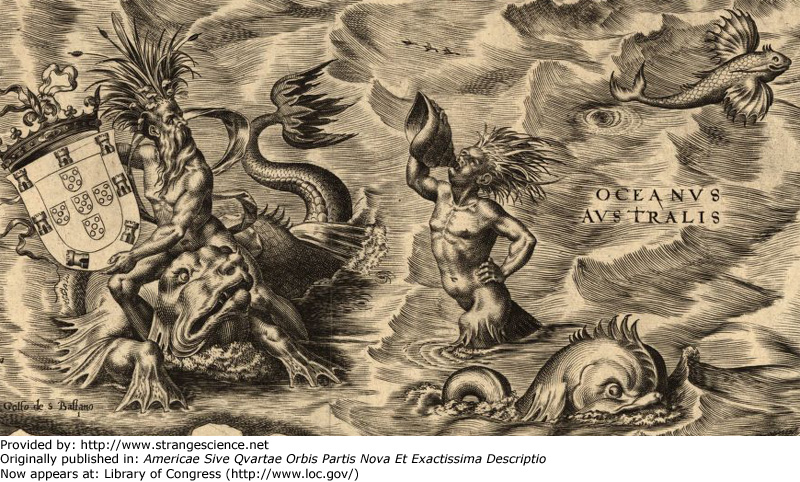

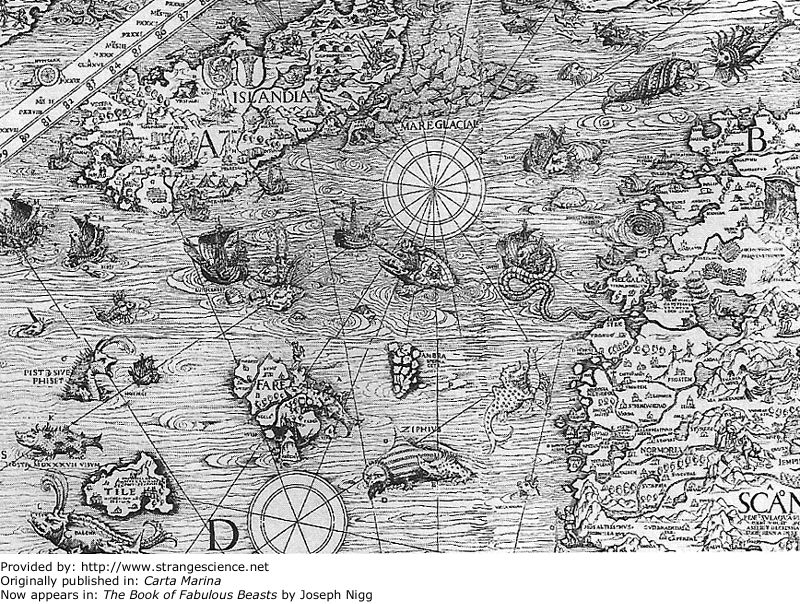



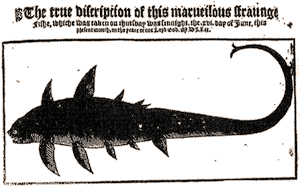


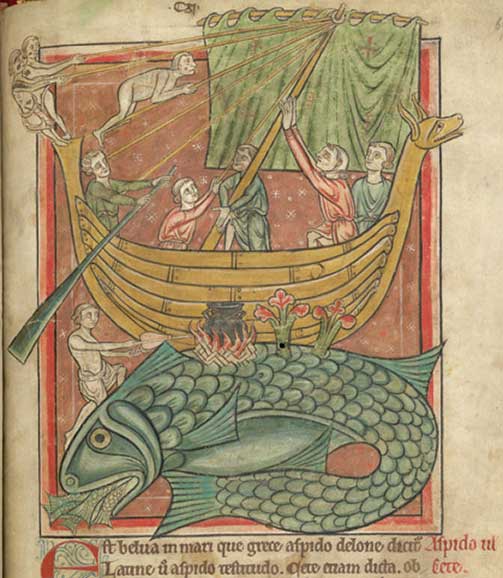







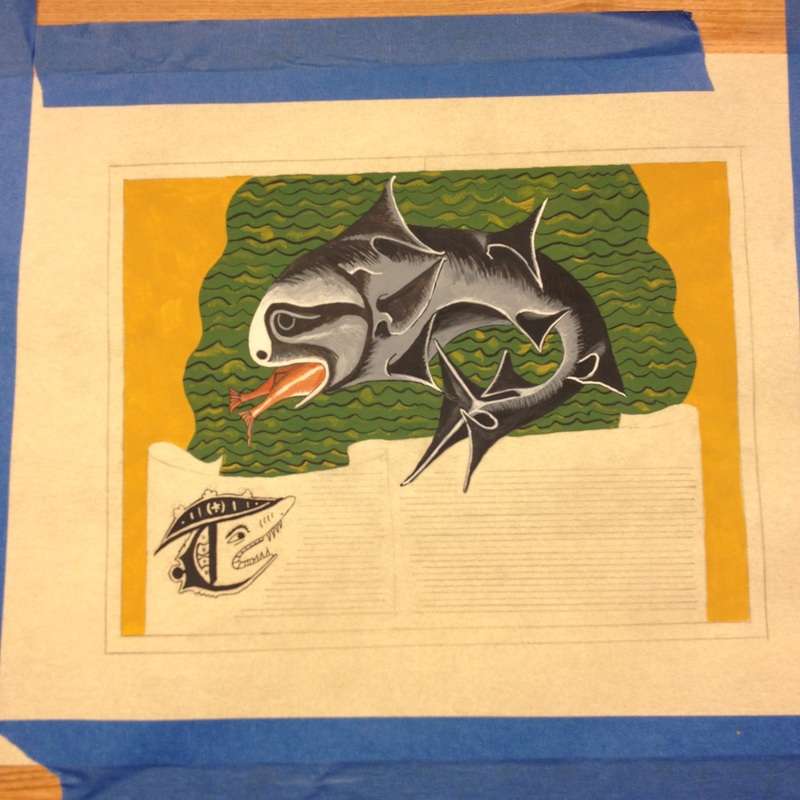
 RSS Feed
RSS Feed
